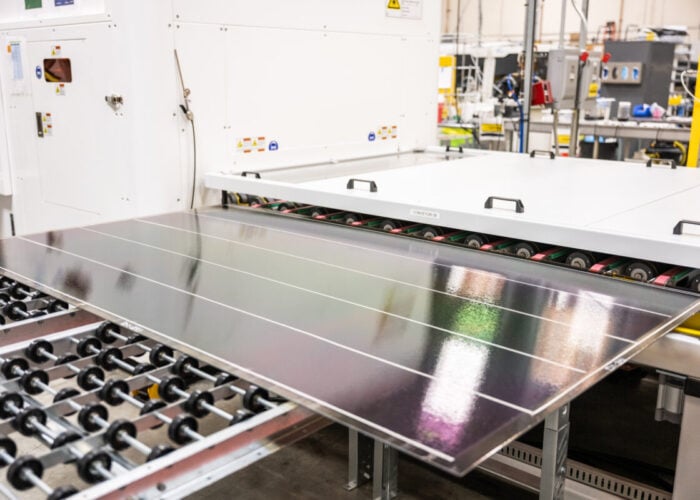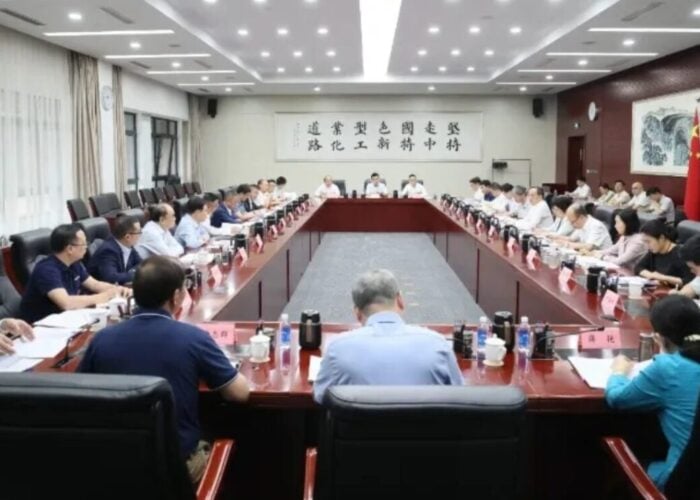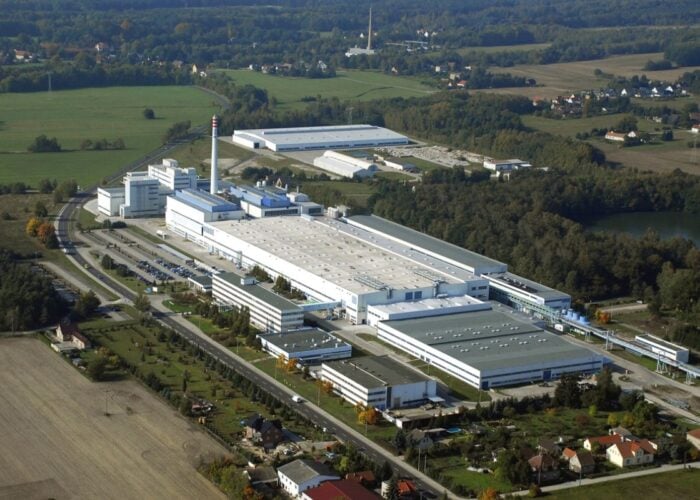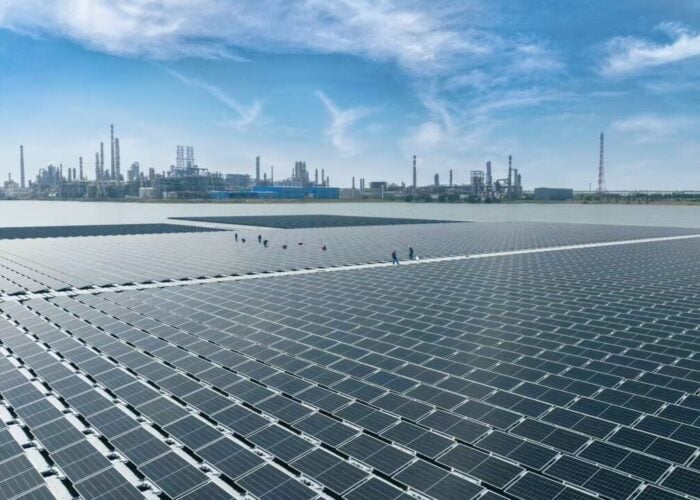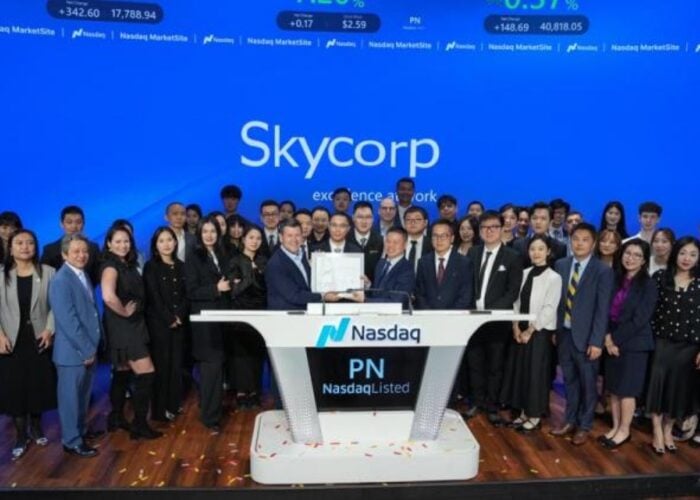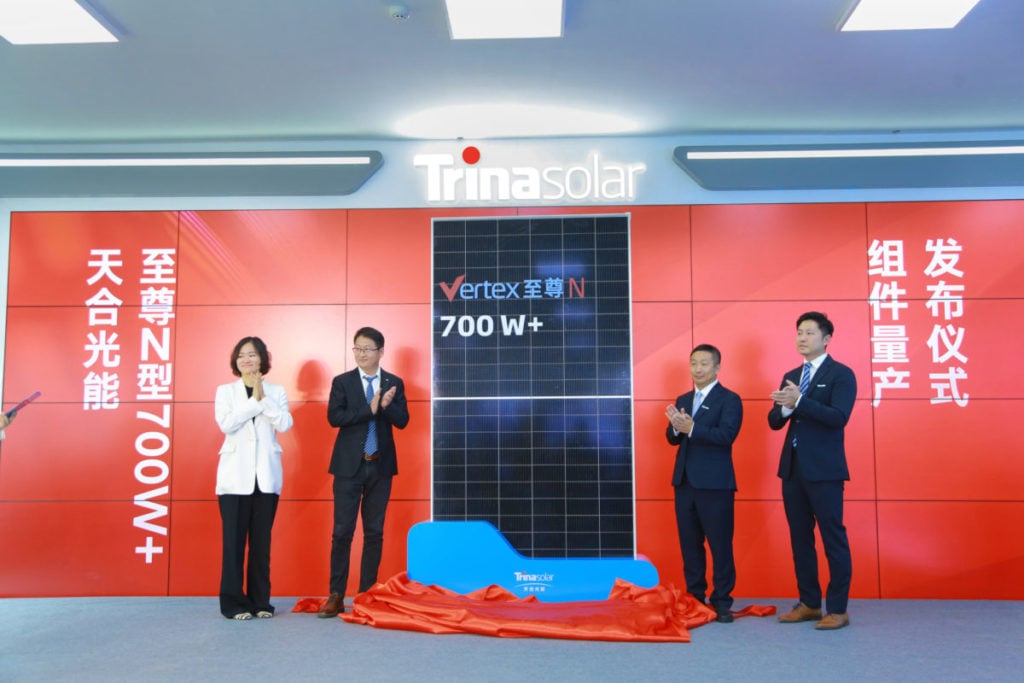
Trina Solar, a member of the Solar Module Super League, has started commercial production of its Vertex N 700W+ modules, making it the first module manufacturer to produce TOPCon modules with a power capacity exceeding 700W on a commercial scale.
The n-type modules have a conversion efficiency of 22.5%, and use the company’s “i-TOPCon Advanced technology” to maximise power generation. This consists of a series of innovations, including the use of the plasma enhanced chemical vapour deposition process to coat the modules with thin-film layers of silicon nitride and aluminium oxide.
Unlock unlimited access for 12 whole months of distinctive global analysis
Photovoltaics International is now included.
- Regular insight and analysis of the industry’s biggest developments
- In-depth interviews with the industry’s leading figures
- Unlimited digital access to the PV Tech Power journal catalogue
- Unlimited digital access to the Photovoltaics International journal catalogue
- Access to more than 1,000 technical papers
- Discounts on Solar Media’s portfolio of events, in-person and virtual
Trina Solar’s modules have already seen commercial use, at ACWA Power’s Jubail 3A water desalination plant in Saudi Arabia. The company also announced that the modules will be deployed at an upcoming 500MW PV project in Xinghai country, in China, although did not specify additional details from this project.
The news follows Trina Solar’s first production of the i-TOPCon modules earlier this month. The company noted that these modules can achieve a conversion efficiency of 25.8%, and will be eager to improve the efficiency of the variant now being produced at scale.
Trina Solar has already noted its interest in transitioning from the production of p-type modules to n-type modules on a commercial scale. The company plans to expand its cell production capacity to 75GW by the end of the year, and expects new n-type cells to account for 40GW of this capacity, after announcing a US$1.2 billion investment into a new manufacturing plant in China’s Sichuan province.


